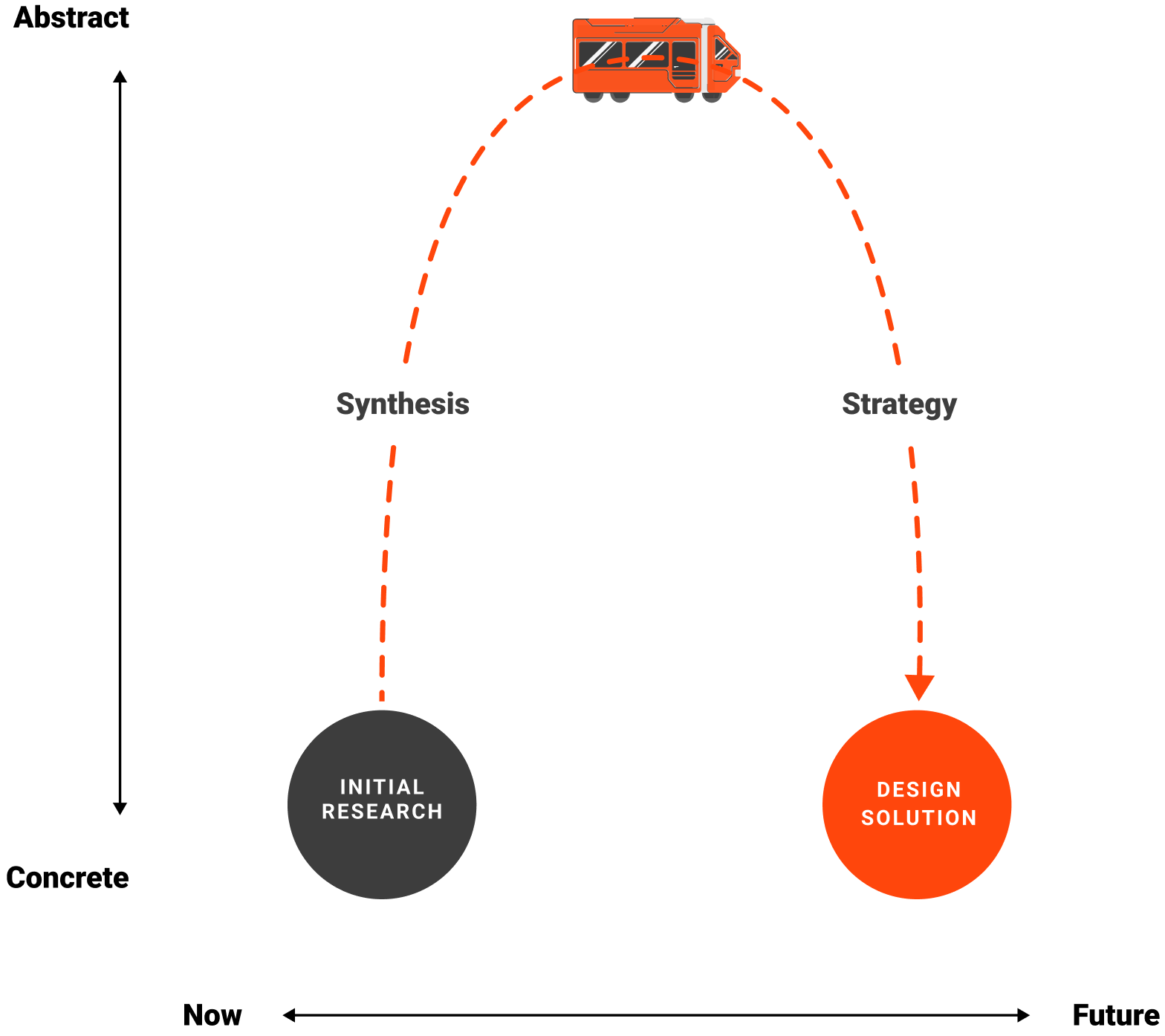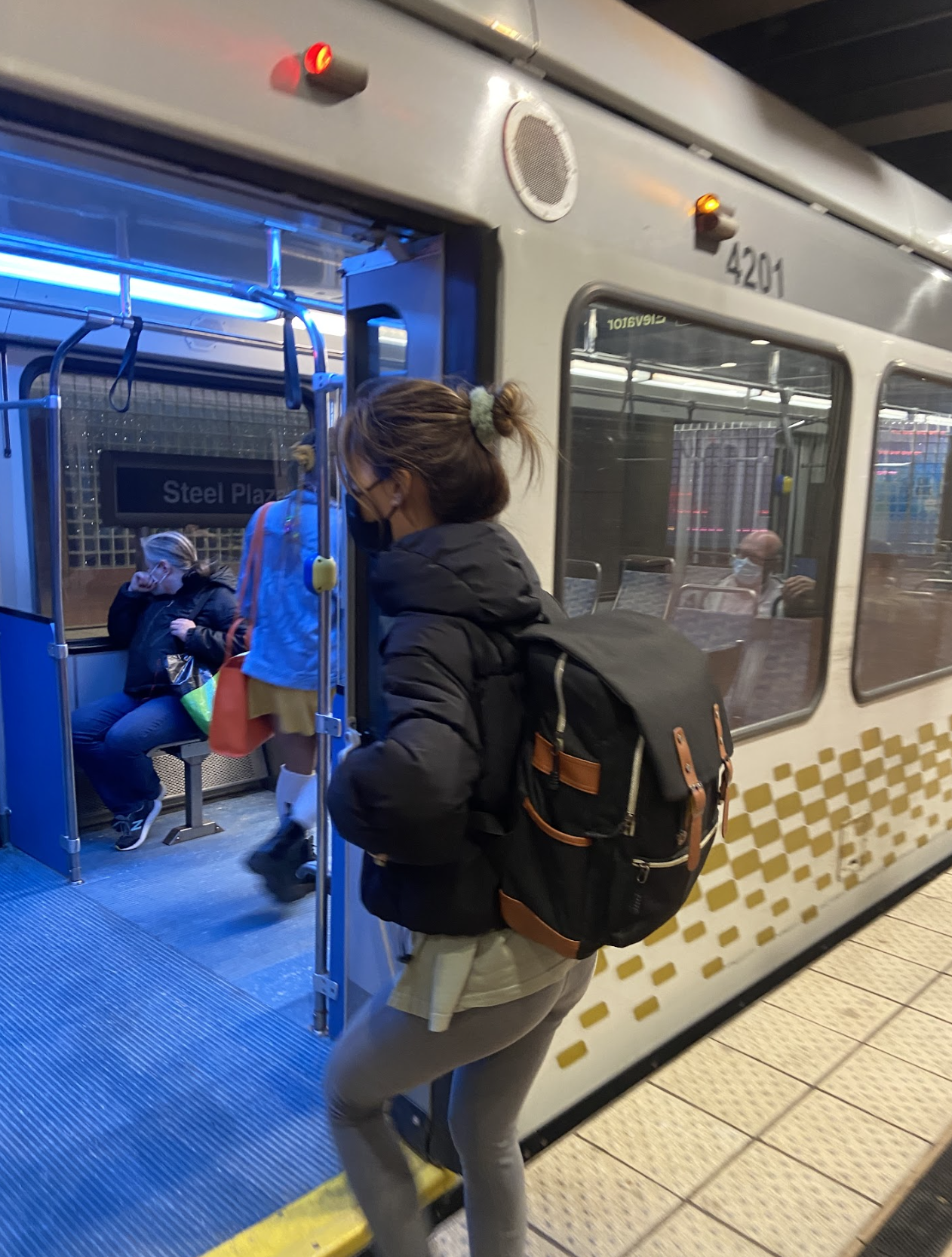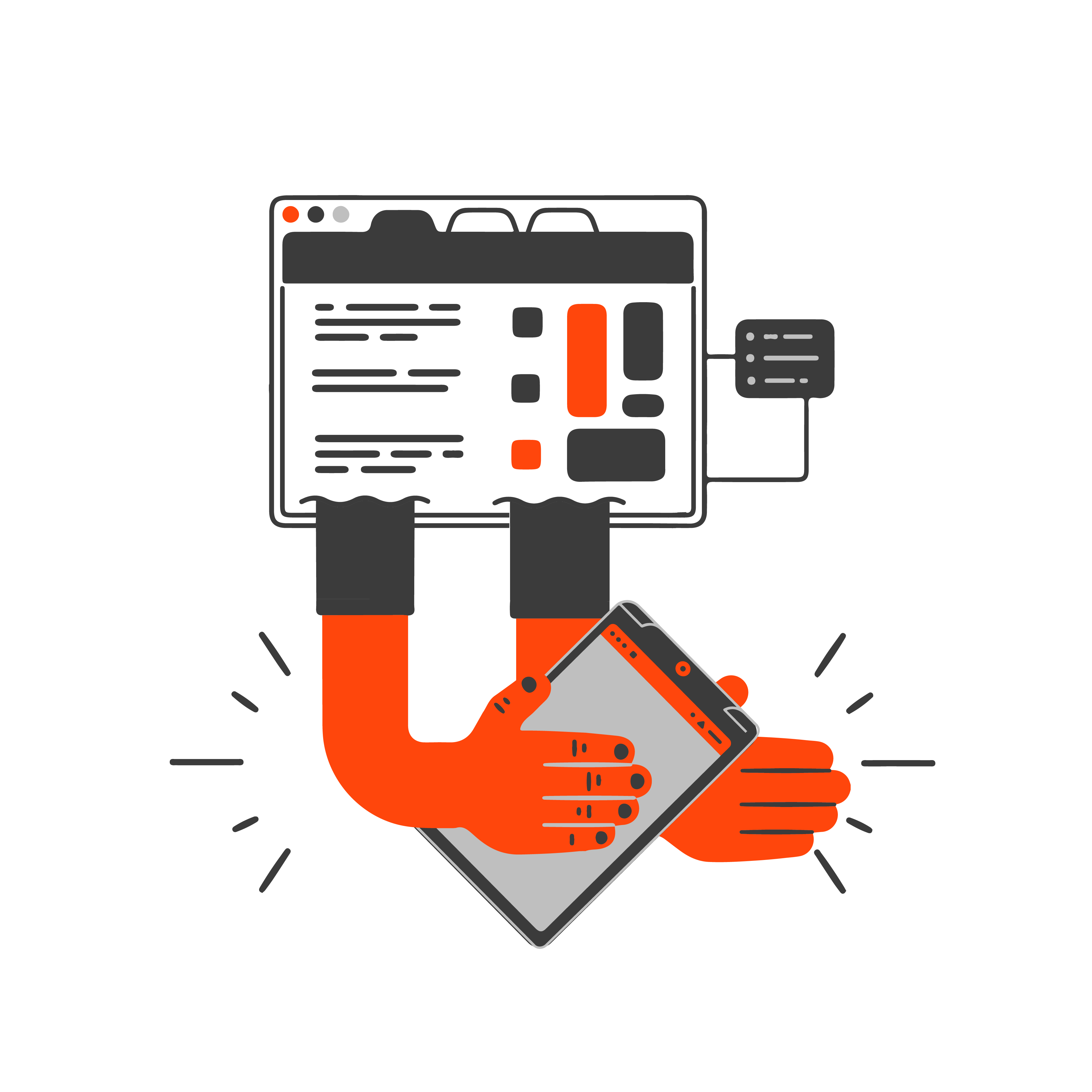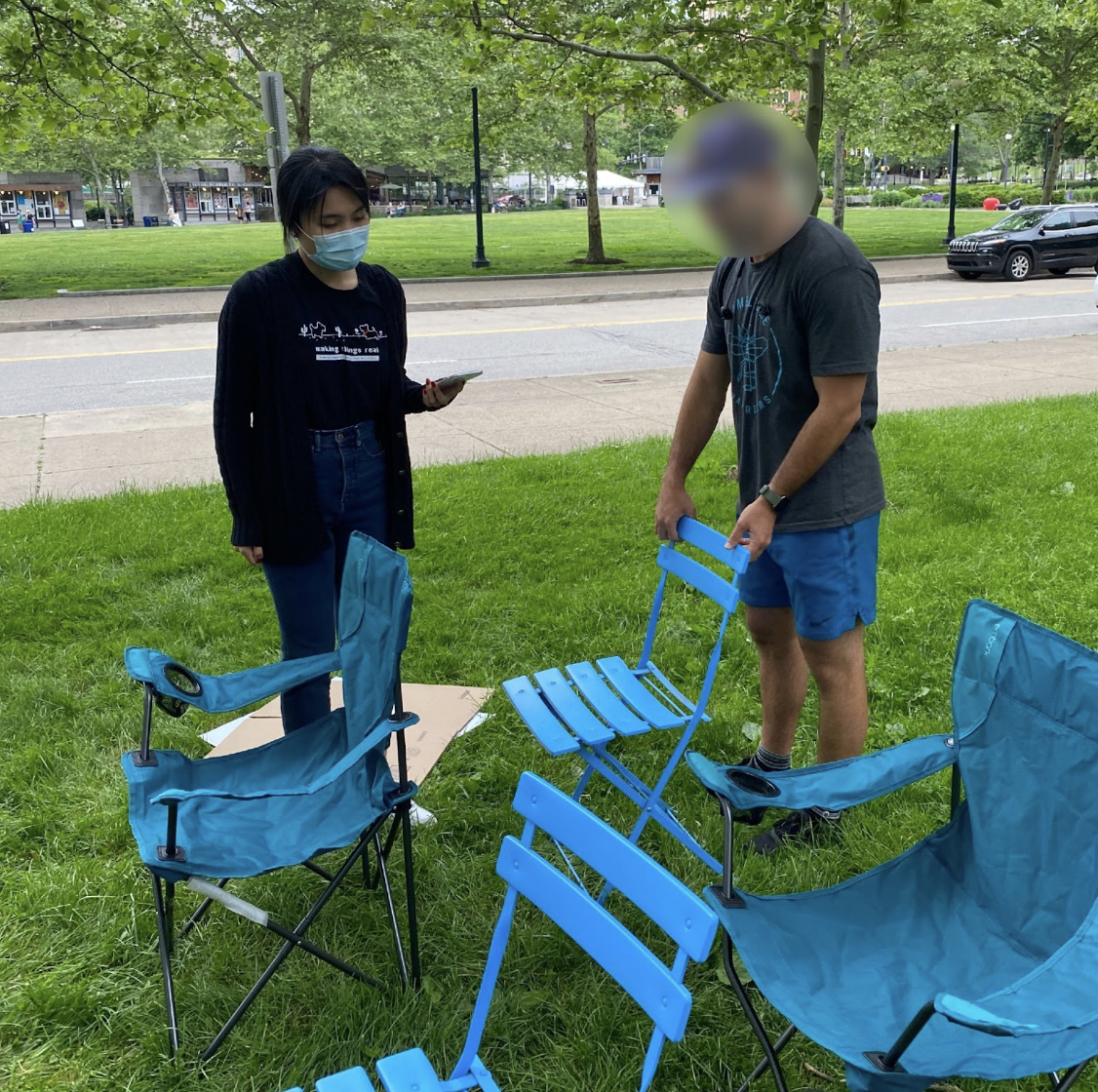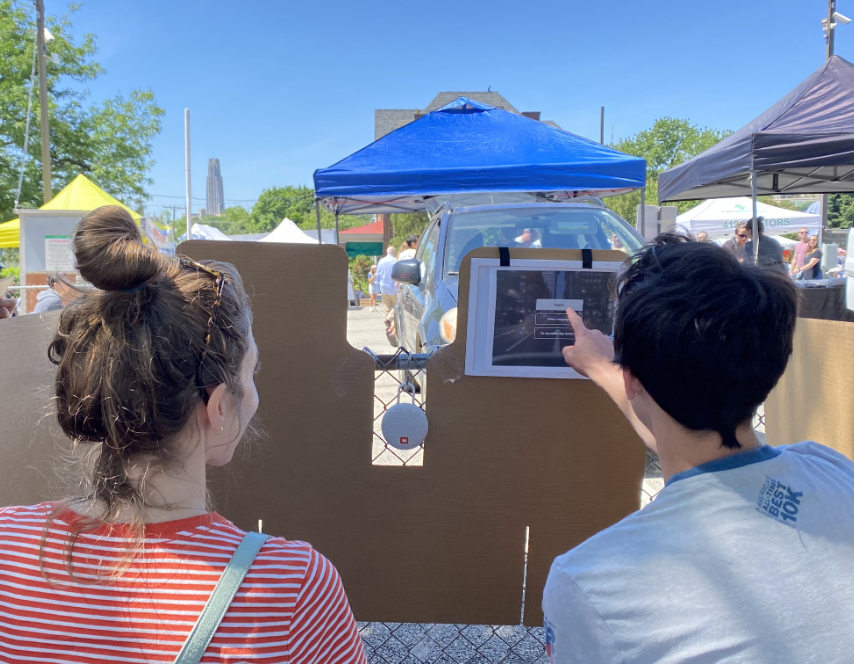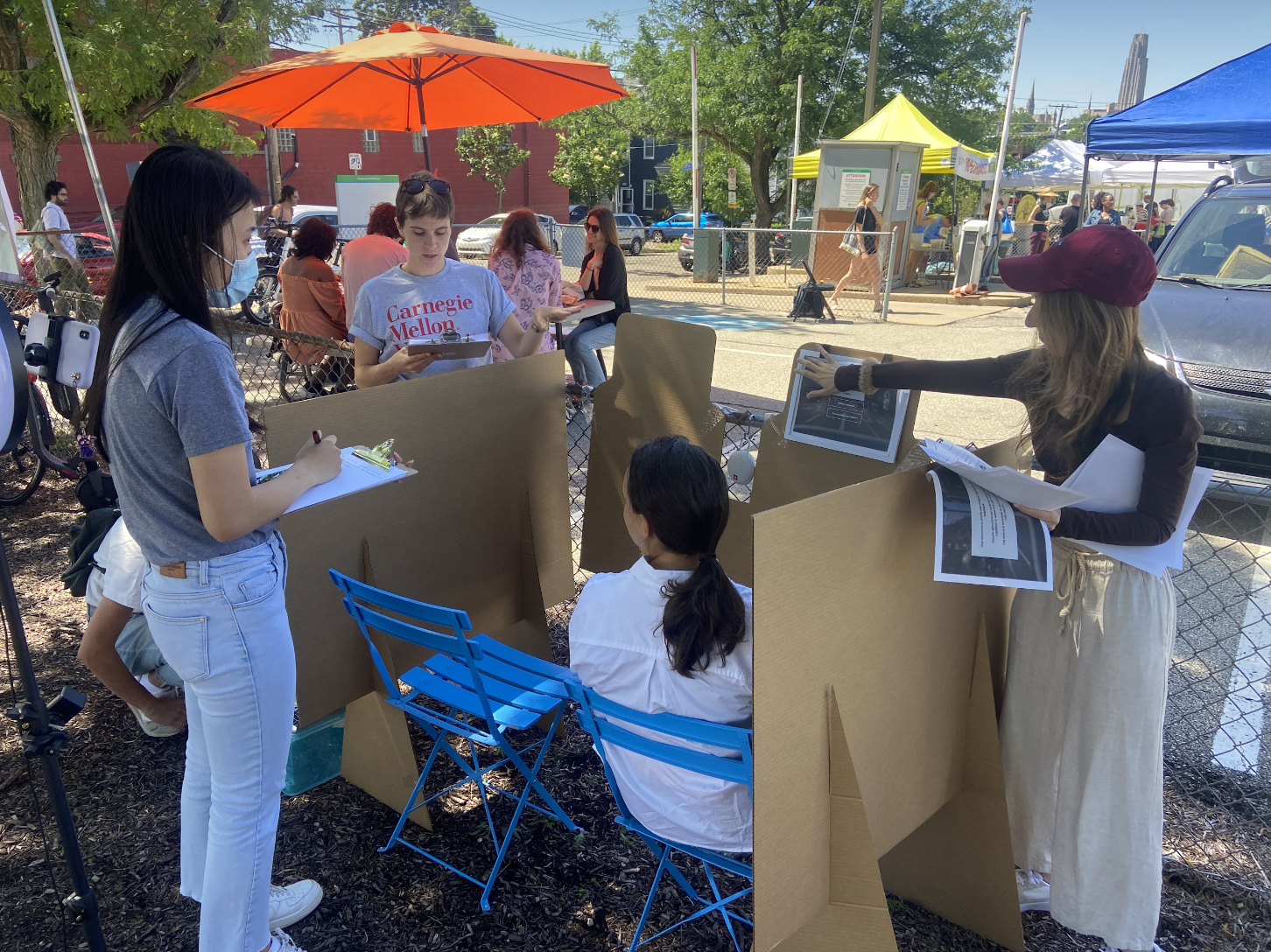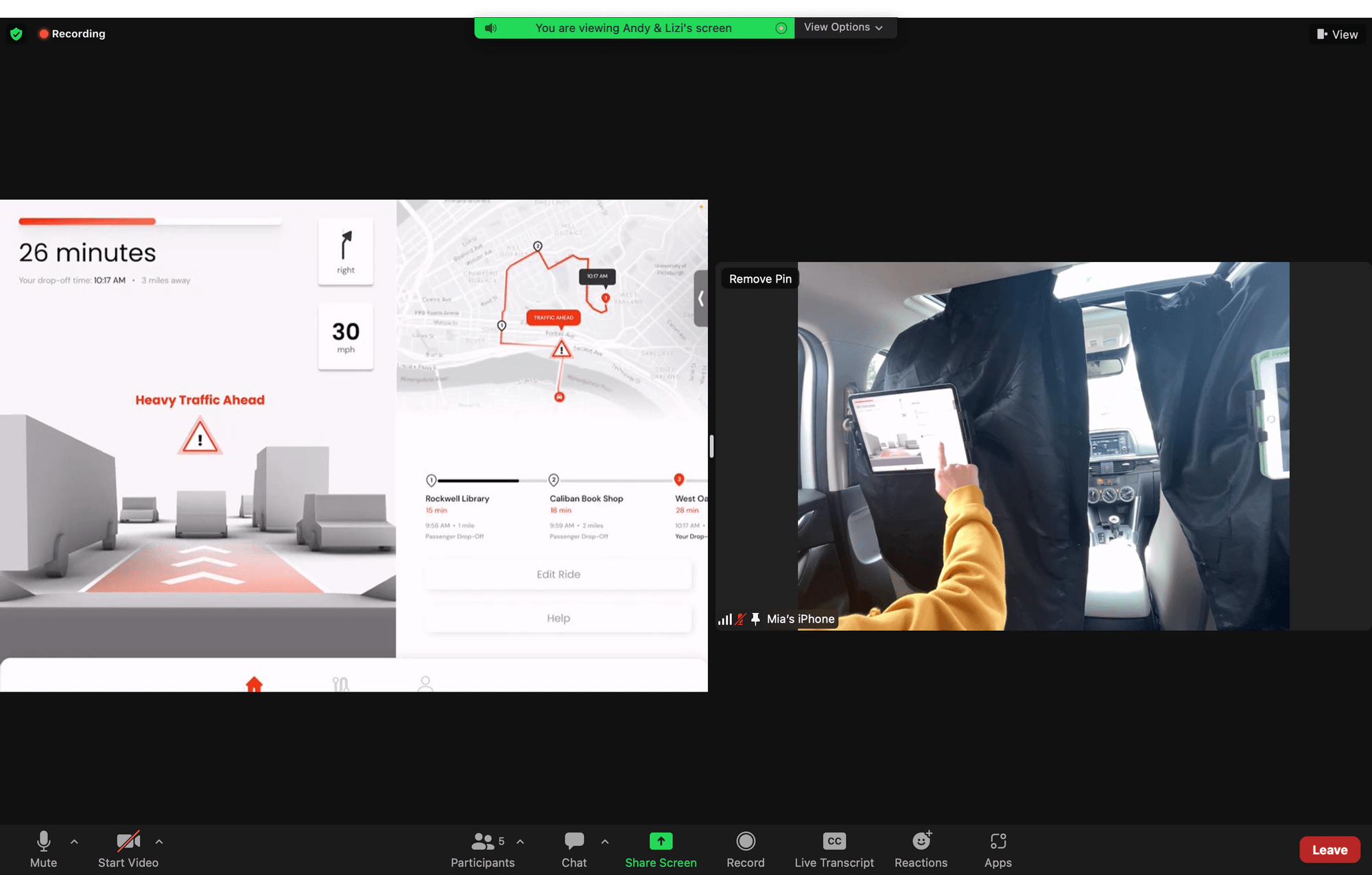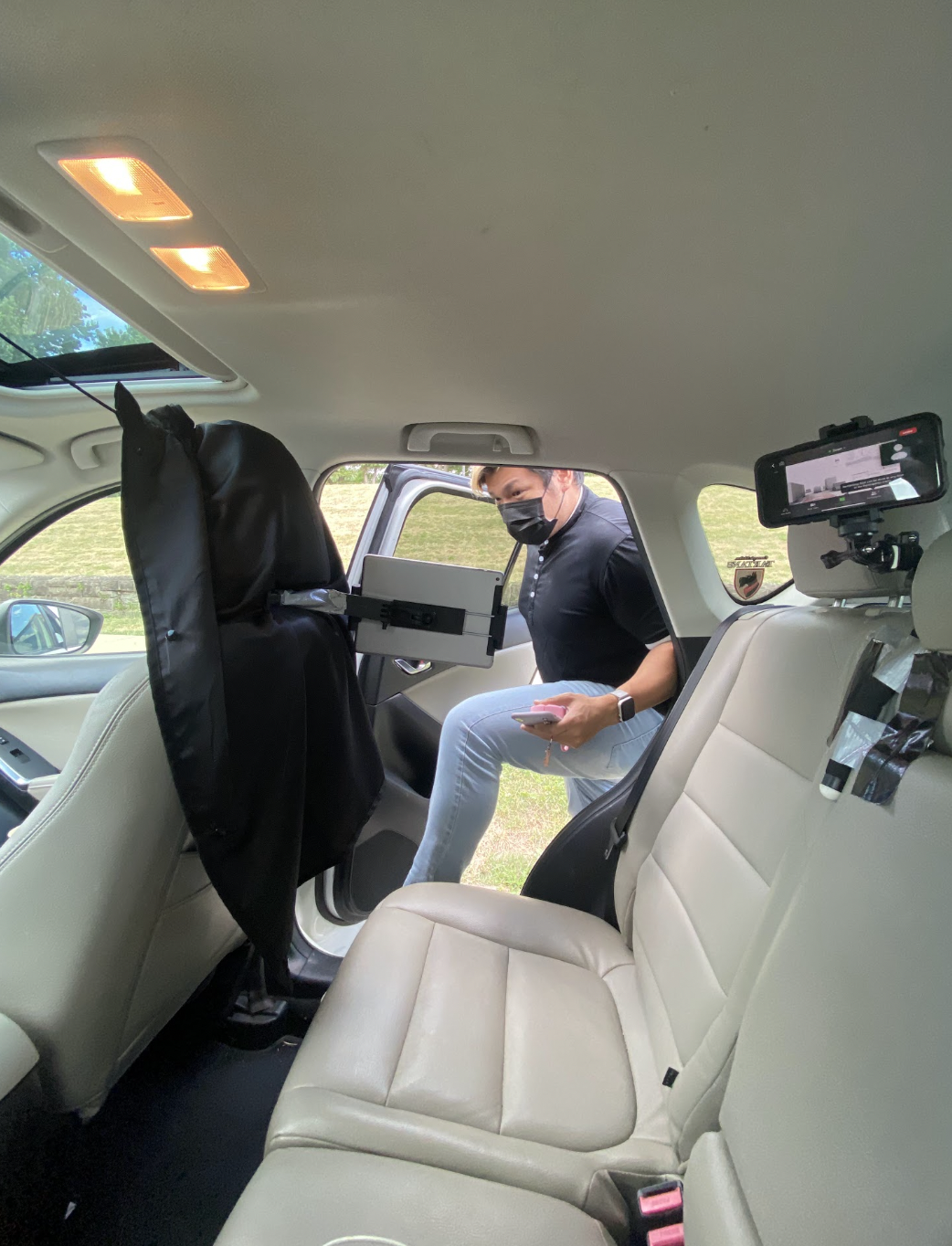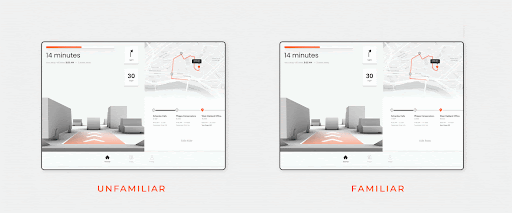OVERVIEW
The future of transportation is moving towards the autonomous… Vehicles are incorporating new forms of automation every year. While this technology continues to develop, people still have questions about the viability of autonomous vehicles in the day-to-day. Are they safe? Can passengers trust that the system knows what it’s doing? Are there opportunities for humans to intervene if something goes wrong?
For our Master’s capstone project, my team explored these questions with our clients – Honda’s 99P Labs, a digital proving ground for mobility and energy innovators. After 8 months of foundational research, iterative design, and evaluative testing, we created Orbit, a multi-modal “ecosystem of attendants” to increase a commuter’s sense of safety and confidence in autonomous public transit.





